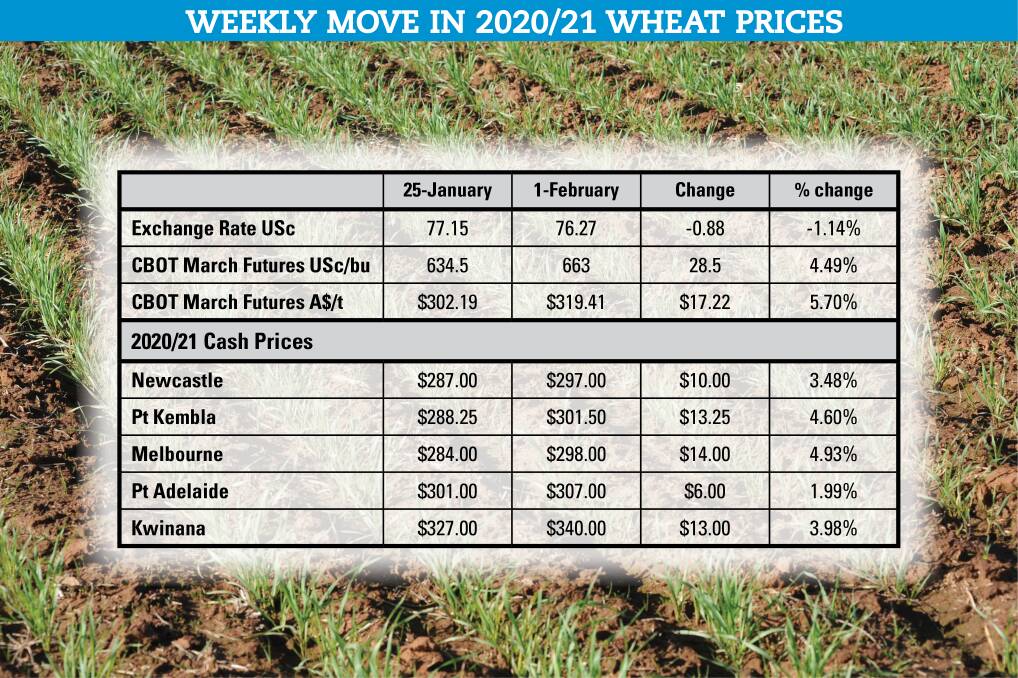
Grain markets are volatile, with volatility from corn and soybeans spilling over to canola and wheat. Behind the volatility are markets where demand appears to be strong and supplies unsure.
Subscribe now for unlimited access to all our agricultural news
across the nation
or signup to continue reading
Canola is a classic example, where a small Canadian crop last year has bumped heads with strong demand from China, high prices, and faster than normal grower sales. Stocks are becoming tight.
In the United States it is similar for corn and soybeans. Again, China is driving the demand, and in the case of corn, stocks in the US are likely to get very tight unless higher prices can choke off demand.
While the market is trying to work out the true underlying stocks position, prices are flipping up and down on a daily basis, depending on what new demand news, or restricted supply news hits the market.

The volatility is also being fuelled by some exporters trying to restrict the flow of grain to global markets. Argentina is an example where they have tried to limit corn shipments and may well do the same with wheat. Russia is attempting to limit exports of wheat.
Meanwhile, importers are shifting from higher priced Black Sea wheat over to the EU. The US also comes into the picture, which in turn supports their futures markets.
In some respects, wheat is going along for the ride, being dragged higher by corn as the spread between the two grains closes up more than the market thinks is justified. As corn prices go higher, it also increases demand for wheat to enter the animal feed chain.
However, global wheat stocks are not as tight as stocks of corn, soybeans, canola or palm oil. Stocks being held by major exporters are being run down, but are not at a level that warrants rationing via sharply higher prices.
China is a major player behind the increased demand for grain this year. In 2020 they had significant floods and storms that damaged crops like corn. No-one really knows how much corn they produced, but their current level of imports, and ongoing buying, indicates that they have a supply issue.
At the same time China is rebuilding its pig herd and switching production over to a grain-based feeding system. So, there is increased demand against lower domestic supply. This has seen China become an aggressive importer of corn, soymeal, and wheat, with vegetable oils also on the demand list.
This is new demand in global markets and is upsetting the supply and demand balance that normally underpins global markets. The view of some is that it will take a couple of years for supply and demand to get back into balance, depending on how the 2021 season goes in the northern hemisphere.
- Details: 0411 430 609 or malcolm.bartholomaeus@gmail.com

